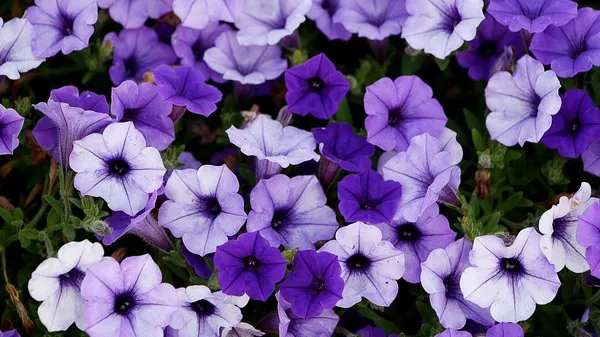In the realm of gardening, the presence of bees is often considered beneficial for pollination and the overall health of the ecosystem. However, there are situations where individuals may prefer to minimize bee activity, whether due to allergies, safety concerns, or other reasons.
Understanding Bee Behavior and Flower Preferences
Before delving into the world of flowers that don’t attract bees, it’s essential to understand the factors that influence bee behavior and their preferences when foraging for nectar. Bees are naturally drawn to bright colors, especially blues, purples, and yellows, as these hues are indicative of nectar-rich blooms. They are also attracted to fragrant flowers with a sweet aroma. By grasping these tendencies, gardeners can make informed decisions about plant selection to create spaces that minimize bee activity.
Selecting Bee-Resistant Flowers
For those looking to cultivate a garden with minimal bee presence, opting for flowers that don’t attract bees is a strategic choice. Varieties such as marigolds, geraniums, and impatiens are known for their vibrant colors and captivating beauty without being particularly attractive to bees. These flowers can add aesthetic appeal to outdoor spaces without inviting a swarm of buzzing visitors.
Focusing on Flower Size and Shape
The size and shape of flowers play a significant role in attracting or repelling bees. While bees are drawn to flowers with wide open petals that provide easy access to nectar, flowers with tubular shapes or those with complex structures may deter them. Consider incorporating flowers like petunias, snapdragons, or zinnias, which have characteristics that are less appealing to bees while still contributing to a visually stunning garden.
Utilizing Non-Fragrant Flowers
Bees rely heavily on their sense of smell to locate nectar-rich flowers, making fragrance a key factor in their attraction. Opting for flowers that lack a strong scent can help minimize bee activity in a garden. Examples of non-fragrant flowers include begonias, dahlias, and columbines, providing an alternative for individuals seeking a fragrant-free outdoor environment.
Exploring Native Flowers with Low Bee Appeal
Native flowers are adapted to local ecosystems and often have lower bee appeal compared to exotic varieties. Native plants have evolved alongside local pollinators, and their bloom cycles may not align as perfectly with bees’ foraging patterns. Incorporating native flowers such as black-eyed Susans, asters, or coneflowers can contribute to a garden that is less attractive to bees while maintaining ecological balance.
Considering Environmental Factors
Beyond the inherent characteristics of flowers, certain environmental factors can influence bee activity in a given area. Bees are more active during specific times of the day, particularly in the warmer months. Planning outdoor activities or choosing flowers that don’t attract bees during their peak foraging times, which are typically mid-morning to early afternoon, can help minimize interactions.
Implementing Companion Planting Strategies
Companion planting involves strategically placing flowers and plants that complement each other to enhance growth and deter pests. While many companion planting strategies aim to attract beneficial insects, there are ways to use this technique to discourage bees. Planting flowers like chrysanthemums, which are known to repel insects, alongside ornamental flowers can create a garden that is less appealing to bees.
Exploring Artificial Alternatives for Aesthetic Appeal
For those with severe bee allergies or specific safety concerns, exploring artificial flowers and decorative elements can provide a bee-free solution while maintaining aesthetic appeal. Artificial flowers made from silk or other materials can mimic the visual beauty of real blooms without attracting bees. Incorporating these elements into garden design allows for creative expression without compromising comfort.
Maintaining a Balanced Ecosystem
While the focus here is on flowers that don’t attract bees, it’s crucial to acknowledge the broader ecological implications. Bees play a vital role in pollination, contributing to the growth of fruits, vegetables, and other plants. A garden entirely devoid of bee activity may disrupt the delicate balance of the ecosystem. Therefore, individuals seeking to minimize bee presence should do so with a thoughtful approach, considering alternative pollination methods and supporting other pollinators like butterflies and hummingbirds.
Conclusion
Creating a garden with flowers that don’t attract bees involves a thoughtful blend of plant selection, understanding bee behavior, and considering environmental factors. By incorporating bee-resistant flowers, focusing on size and shape, opting for non-fragrant varieties, exploring native options, and utilizing companion planting strategies, individuals can design outdoor spaces that align with their preferences. However, it’s crucial to strike a balance between personal comfort and ecological responsibility, recognizing the importance of bees in maintaining a healthy and thriving ecosystem. Ultimately, a well-informed and strategic approach to garden design can result in a visually stunning outdoor space that minimizes bee activity without compromising the overall health of the environment.


